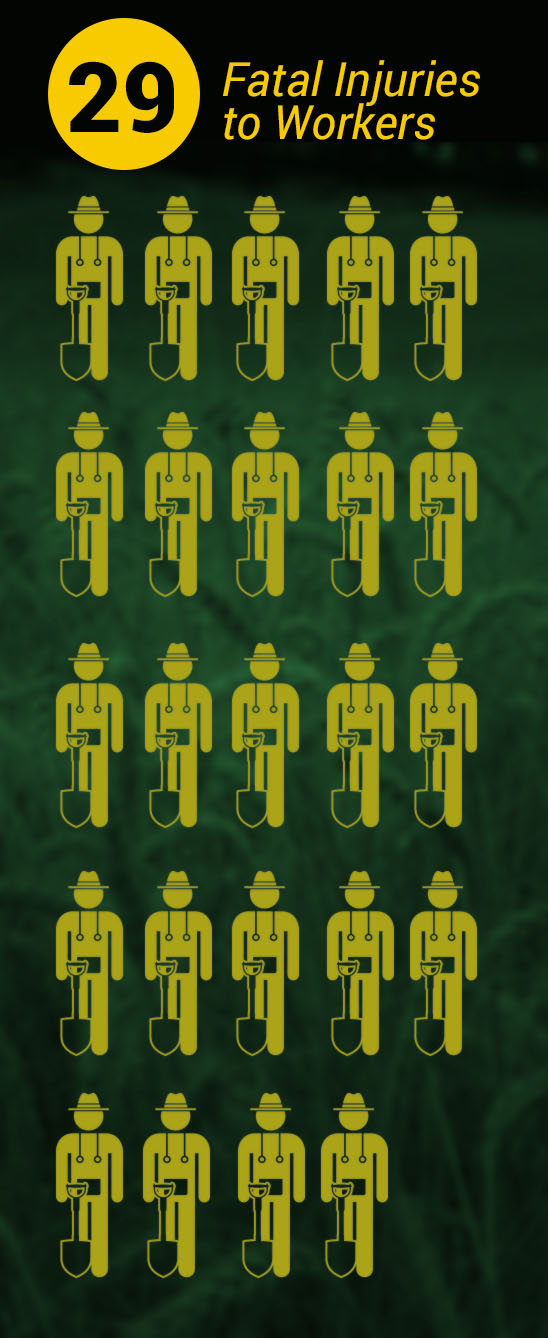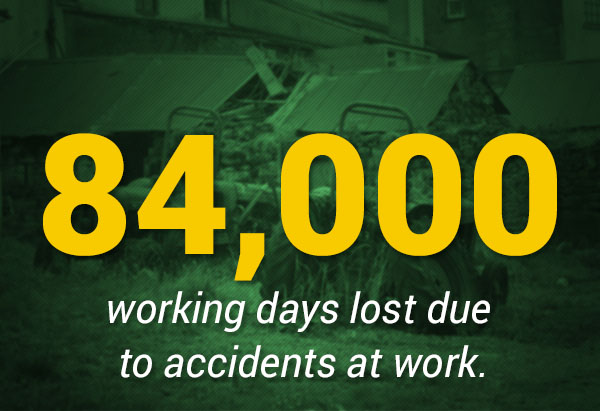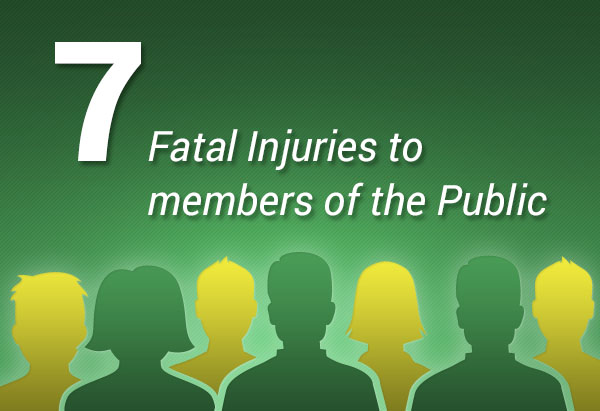Look around your place of work or your home and you will be surprised by the number of chemicals you will find. Chemicals that you use at home include gasoline, paints, fertilizers, lawn chemicals, bug spray, paint strippers, kerosene, bleach, other household cleaners, and even hair spray. We must take care when cleaning to not mix cleaners with bleach, as the combination could cause unsafe fumes.
Chemicals you may use at work are facility-specific solvents, laboratory chemicals, fuels, paint, office copier chemicals, correction fluid, lubricants and corrosives. Other examples include toxics, corrosives, and solvents. As long as we understand and practise chemical safety and are provided the proper protection, these substances can be handled safely.
If your work requires you to come into contact with volatile chemicals on a daily basis, it can pose a risk to your long-term health. When new chemicals are approved for use on, in, or by humans, there has usually not been sufficient time allowed to determine whether they pose a long-term health threat. Daily exposure to chemicals has been associated with increased cancer risk, particularly when chemical particles are inhaled or ingested, even in tiny amounts. If your workplace provides on-the-job protection, such as protective suits, goggles, or masks, make sure you use them properly and daily to minimize the risk of chemical exposure.
Regardless of the type of chemicals you are around, there are various ways of being exposed. (1) Ingestion, such as eating contaminated food; (having lunch in work area with airborne contaminants.) (2) Inhalation: breathing in dusts, vapors or mists (i.e., mixing bags of concrete, cattle feed or similar chemicals without a respirator, or working in dusty environments. (3) Absorption: skin contact with a chemical affects eyes or can cause dermatitis. (4) Injection: forcing an agent into the body through a needle -needle stick or misuse of drugs.
By all means, protect yourself as much as you can! Read container labels, material safety data sheets (MSDSs) and safe-work instructions before you handle a chemical; (How many times have you started a project that you didn’t read the instructions until after you failed to figure it out?) Find eyewash stations before you begin working and know how to use them.
As mentioned before, use personal protective equipment (PPE) for the task at hand; including chemical-splash goggles, a respirator, safety gloves, apron, steel-toed shoes, safety glasses with side shields, etc. Ensure the PPE fits properly and you are trained in its use. Look for defects in the PPE such as cracks, missing parts, rips, etc. Leave your contaminated clothing at work. If you wear the clothes home, you can expose your family to the hazards. (Better yet, wear disposable clothing where applicable.)
These chemical hazard color codes and numbers on the labels are especially important for you to know:
- 1. Red – Fire Hazard.
- 2. Yellow – Reactivity Hazard.
- 3. Blue – Health Hazard.
- 0 –Minimal Hazard
- 1 – Slight Hazard
- 2 – Moderate Hazard
- 3 – Serious Hazard
- 4 – Severe Hazard
Other types of warnings on containers of chemicals include symbols, pictures with words, such as flammable, poisonous, etc. Information on the white part of the label include National Fire Prevention Association labels – acid, radioactive, corrosive. Hazardous Materials (HMIS) on the white section of the label recommends the type of personal protective equipment that should be used. After you have READ labels first, consult the Material Safety Data Sheets if you are still unsure. Chemical hazards can be very harmful to your body and health, and all those working around you. If you suspect a chemical spill, call the National Response Center, toll-free, 800-424-8801 and report what you suspect has spilled and approximately how much is spilled. The NRC also has an online reporting tool on their website.
Last, but not least, washing hands often is of the utmost importance. Especially while you are working, before and after you eat, and before you leave your work. Also, keep any chemicals (cleaning products, etc.) out of children’s reach and/or away from your pets.





